When I think of the uses of teak, I picture a craftsman using the hardwood to carve up decorative statues and tables. I see fancy Asian style ornate furniture.
Think about this though, when you’re buying teak wood or pre-made teak furniture at your local specialty store, that wood came from teak trees planted and harvested by someone probably very far away. It’s grown because there is demand for it, but do we really know how they are growing them? Are Eco-Friendliness and Sustainability a priority when growing teak trees?
Some of us running Eco-friendly businesses claim to have environmentally friendly products, do we really know if it’s true or not? The best thing to do is research to figure it out. That’s what I did, for all of you out there wondering. I found the answers to your question (with added bonuses too).
First, let’s go through some teak tree information found online and observe the various uses of teak. Then we’ll go ahead and determine if it is Eco-friendly or not.
5 questions answered in this article:
- What is teak?
- Where does teak come from?
- What’s the history behind teak?
- What are the uses of teak?
- Is teak Eco-friendly?
What is Teak?
“Teak aka.
Important note: There are two major types of teak wood.
- Natural Teak
- Plantation Teak
Where Does Teak Come From?
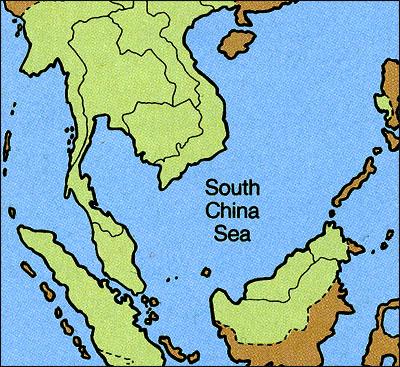
Teak’s roots are in Southeast Asia. It grows naturally in India and Burma/Myanmar*. It’s a hardwood industry praises for its water resistance. This has made it ideal for the last 2000 years in the construction of boats for an area where sea travel is very important.
*Important note: Myanmar and Burma are the same
A Quick History of Teak
In the colonial era, expanding powers introduced teak to Equatorial Africa. As a result, today teak trees are quite popular in the southern Sudanese land. However, we still import most teak tree wood from Indonesians and Burmese/Myanmar. Interestingly though in the last 20 years, teak tree plantations have gained increased popularity in Central and South America. Most likely because the
Historical fun fact: Burmese teak was responsible for more than 75% of natural teak (due to a large area of teak forest). Burma teak tree wood (also known as Myanmar teak wood) is sometimes synonymous with natural teak rather than Plantation teak.
Historical Uses of Teak
Dutch traders were using teak wood boats in the sixteenth century. However, there’s satisfactory evidence that the Romans were the first people in the world to use teak wood trees for boat-building material. Their first construction is dated back to approximately 50 BC.
Teak Wood Properties
Teak has also been in use in India as a construction material. The reason for this is its versatility and weather resistance. Due to the same reasons, this hardwood is still very important in modern day construction.
Its natural oils make it useful in exposed locations and that is what makes the timber termite and pest resistance. It is also durable even when not treated with varnish. Most people argue that timber cut teak is more durable and harder than plantation grown teak. Its increasing demand has now risen several environmental concerns. In addition, its popularity has led to growth in sustainable plantation teak production through the seasonally dry tropics in forestry plantation.
What Are The Uses of Teak Wood?
Humans have used teak for many years, history has taught us many ways to apply it throughout different industries, modern technology is discovering uses for it we’ve never considered before. Interestingly, it’s worth noting that we are not the only species to make use of it. So, what are teak trees used for? You can find a list of uses below:
The Top 4 Uses of Teak
1. Food industry
There are some people that claim that teak leaves are the best source of flavonoids, alkaloids, saponins, tannins, proteins, and carbohydrates. The leaves bear tiny, fragrant white flowers beautifully clustered into panicles at the end of each branch. In some parts of the world, people serve food using teak leaves. Alternatively, you can dry it to make a tea that acts as a laxative.
2. Health Industry
There are several studies that have revealed that this plant contains anti-inflammatory, anti-diabetic, antioxidants, anti-asthmatic and several other properties. This is what makes it a perfect home remedy for several health conditions. You can treat hyperacidity, diabetes, dysentery, leprosy, and bronchitis, among several other diseases with extracts from any part of teak trees (leaf, stem or bark).
3. Woodworking
Even hundreds of years later, we still use teak wood for the construction of furniture. It’s the most sought wood material in furniture making. The main reason for this is its reddish-brown coloring. The furniture making world also admires teak because of its leathery look. If you’ve ever seen furniture made from teak wood, then you can bear witness that it’s one of the best materials
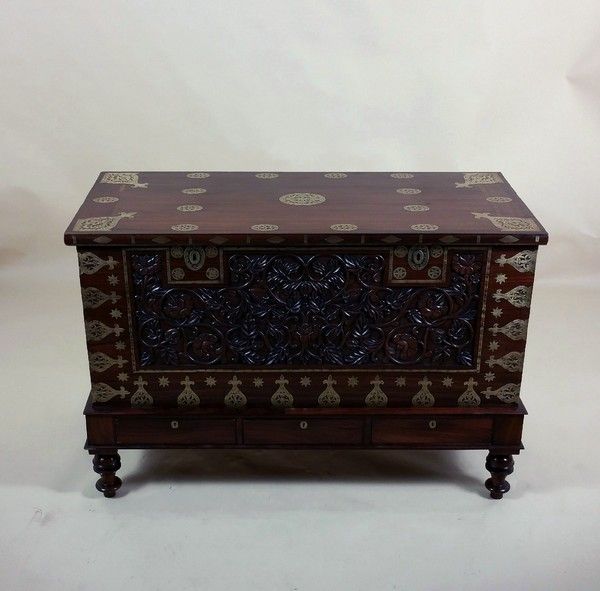
Teak wood is also very strong. A good reason to make chairs, sofa sets, beds and benches out of teak, the weight allowance will be much higher than regular wood. Unlike furniture found at IKEA, You won’t need to repair teak furniture very often. The beautiful color of teak also makes it a top choice for use in indoor flooring and counter-tops.
Additionally, did you know teak wood is perfect for making outdoor furniture? Teak wood has a high oil content which makes it very water resistant. Since the wood is also very hard, it has an innate resistance to pests and termites. You’ll only have to perform some minor maintenance such as polishing and sanding. Outdoor furniture made from teak wood can withstand all the elements of weather for many years.
4. Marine Technology
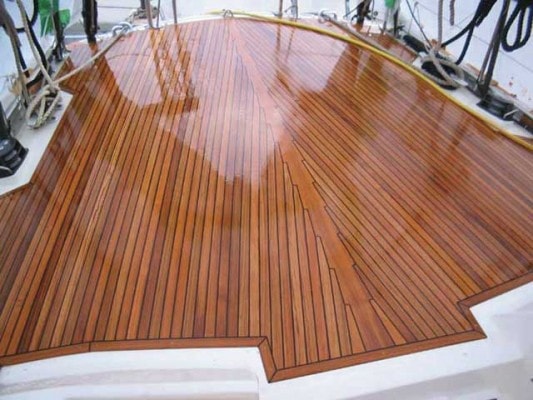
As we mentioned earlier, teak is often used for developing ships and boats. In fact, teak wood has been in use for several decades serving these maritime purposes. Even today, it’s still the number one material we use for the construction of marine boats. We still use it to build in high-end luxury yachts and for boat restorations. It’s extremely durable and water resistant. The oil-rich wood also gives it resistance to rot and decay. Over time, the surface of teak will wear to reveal the hard layers of grain, which then makes it ideal as a non-slip surface.
It also provides a very beautiful and natural surface for boats as seen above.
The Uses of Teak are Undeniable, but is Teak Eco-Friendly?
These are some facts you can look at to determine for yourself how teak impacts the environment.
The Good
- Is part of a clean work environment: In the construction industry, timber is the most eco-friendly building material. Building your home and working in the timber industry means being in the cleanest environment ever, which is much more enjoyable than with concrete and steel.
- Cleans our air: While growing, teak uses the energy of the sun and stores a lot of carbon dioxide during the photosynthesis process. Timber filters the air to ensure that you continuously have a fresh supply. Wood, especially teak, has a positive CO2 balance. Every cubic meter of teak reduces carbon dioxide emissions by an average of 1.1 tones.
- Remains sustainable: Teak is sustainable as it provides hardwood seeds to plant on the client’s property and requires minimal energy while growing. This gives people room to participate positively in the ecosystem.
- Helps against erosion: You should plant teak trees if you have problems with erosion or simply want to prevent it. Growing them alongside bushes and plants on any slope helps slow the pace or completely prevent erosion.
- Filters the soil: The roots of trees such as teak are known to filter out harsh substances that may have been introduced into the soil by human activity. Teak trees ensure the land remains fertile and usable for the next generations.
The Bad
- Monoculture: Bear this in mind, teak trees sold worldwide for commercial use are not grown naturally in the forest, those teak wood trees are grown on plantations. Although the government of Indonesia, a large supplier of teak wood, tries their best to make the farmers environmentally responsible.
- Pesticides: There are some specific insects that can attack the teak plant. For this reason, teak farmers spray pesticides that harm the ecosystem.
How They Fight The Bad
- They advocate for a one-on-one policy, this means you must plant one teak tree before cutting down another one. The main reason for this is to keep the forest in a state of balance.
- Some farmers in the latest years have adopted organic methods of growing teak, this means they will grow specific plants and herbs alongside teak trees that act the same way as pesticides do, they prevent insects from harming the trees in natural ways.
What Are Some Eco-Friendly Alternatives to Teak on the Market?
There are several other Eco-friendly alternatives in the market today that serve as very good construction materials. Since the cost of teak is quickly rising, people are seeking less expensive alternatives. Here are some good examples:
- Reclaimed Lumber: Search on Google in your local area, you’ll probably notice some reclaimed teak in lumber yards for sale.
- Bamboo: It’s an amazing alternative and it’s gradually becoming the best material for many things such as glossy wood floor surfaces and refined furniture.
- Purpleheart: These trees are prized for their beautiful heartwood which can be used as an alternative to Teak wood. Immediately after you cut purpleheart, it turns light brown then eventually changes into rich purple color. It’s due to the exposition to UV light from the sun. If you wish to minimize the effects, you can use a finish with UV inhibitor.
- Iroko: It’s used for a variety of purposes that makes it a perfect alternative to teak. Uses such as for boat building, domestic flooring, and outdoor gates and furniture making.
The Bottom Line
When it comes down to it, if you want to determine whether Tectona grandis (the scientific name of
Planting trees stunt the emission of carbon dioxide in our atmosphere, but cutting down old growth forest to start tree plantations is a major problem. It hurts biodiversity by taking away the homes of local fauna, which they won’t have back when a tree plantation replaces the forest.
On top of that, there are specific pests that attack teak plants, especially when they are at their early stages. Pesticides used to counter the pests end up greatly hurting the local biodiversity. Producers have a habit making teak tree plantations in monoculture, that means no other plants or trees are grown alongside. With these production methods, it’s right to say plantation grown teak is not as Eco-friendly as you’d think.
The best thing to do to verify is to look at where your wood is coming from. See if the producers have a teak tree plantation that uses organic and Eco-friendly pest control methods.
If despite all this information about teak trees, you choose to skip out on it entirely, luckily there are several alternatives that may serve the same purpose.
In the end, teak wood prices are quite high and if you can access any cheaper Eco-friendly alternatives then you are good to go.
Thanks for reading!
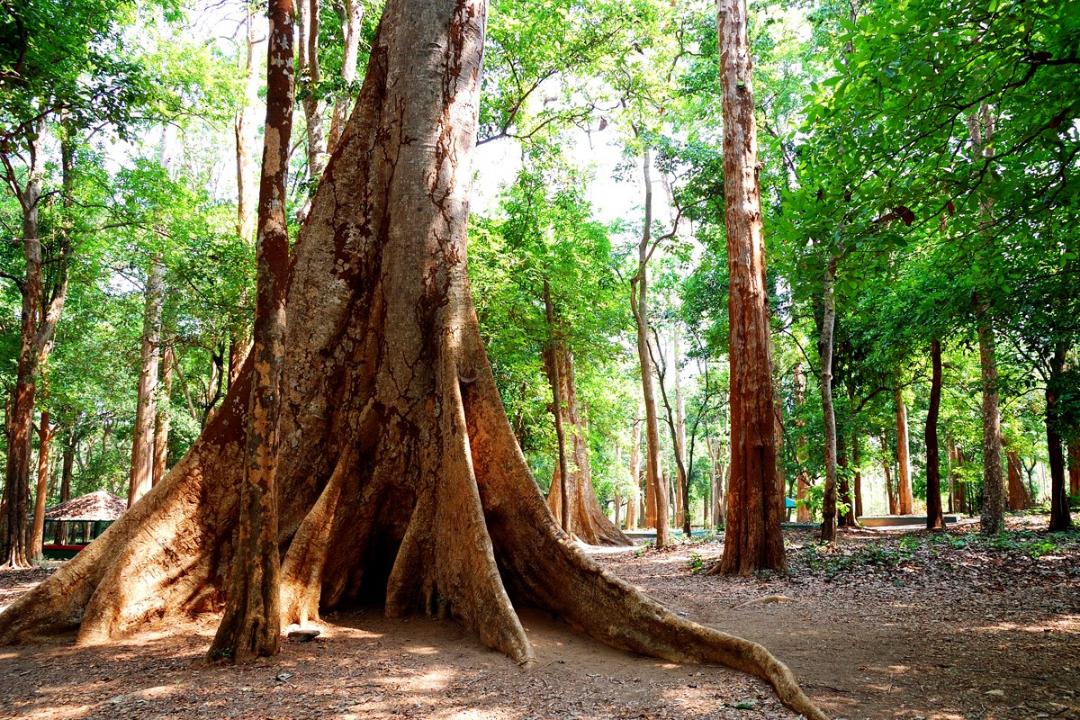
If you enjoyed this article, you might also enjoy these:
– Facts about Cotton That Help You Make The Right Choice [Study]
– 10 Advantages of Having A Sustainable Business Model

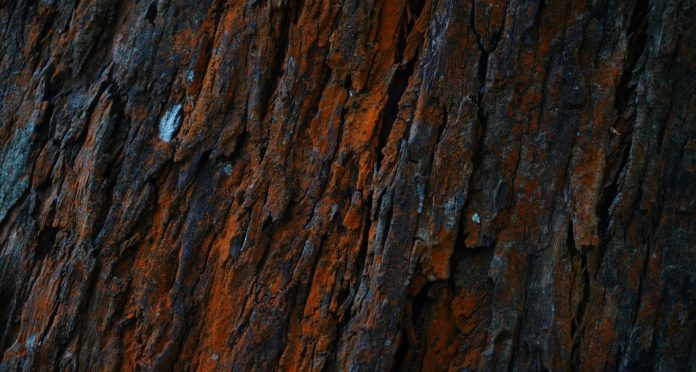
Hi there! Such a nice post, thanks!
You’re welcome Carmela! Glad you enjoyed it.
This page seems like the other page here I was looking at earlier.